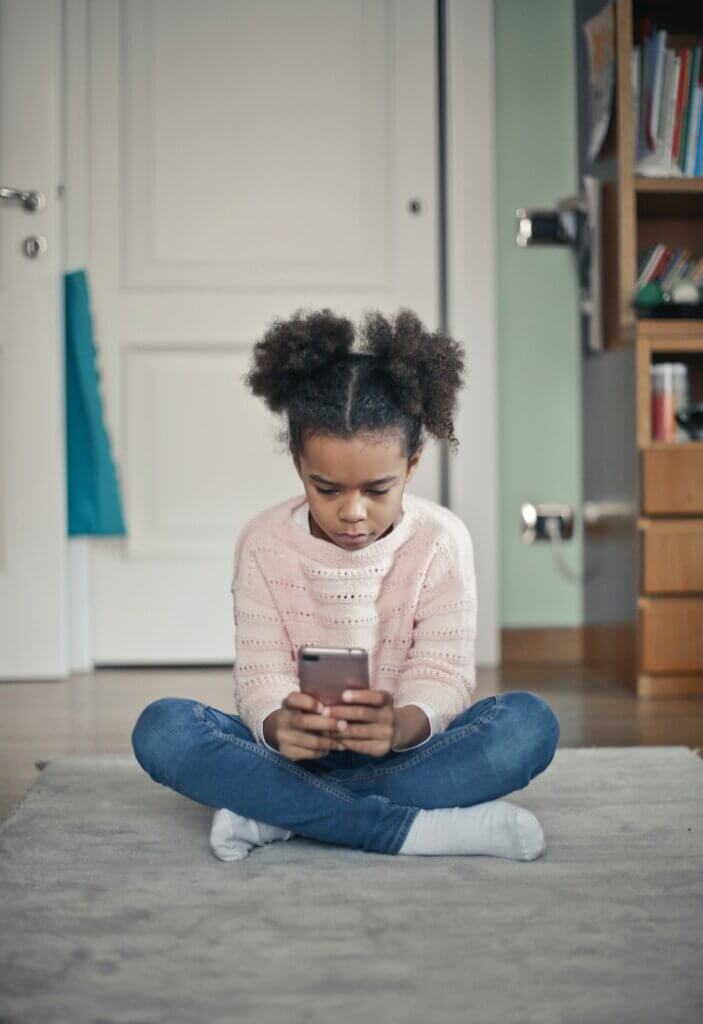Social media apps such as Snapchat, TikTok and Instagram are incredibly popular with young people.
These types of sites allow young people to be creative online, keep in touch with their friends, share photos and videos, and much more.
Many sites have a minimum user age of 13, although some sites, such as LEGO Life and PopJam, are specifically designed for younger children.
What are the key risks?
The internet can be a fantastic place for children, providing them with a wide range of opportunities. When it comes to using social media, recognising the positives and valuing your child’s opinion shows that you are interested in their online world, and want to support them with their experiences.
Social media is not without its challenges, however, and children and young people need to be taught how to recognise and manage the risk factors that they may encounter.
- Whilst social media provides a fantastic platform for entertainment, communication and learning, it is not possible to control what other people choose to share, and they may come across upsetting content. Young people must also remember that content they upload online can be further shared by anyone who sees it, and it is very difficult to ‘take back’ what they may regret later.
- Social media provides opportunities for children and young people to communicate with people outside of their offline friendship circle and this can be a positive thing. However, there is a risk of inappropriate or harmful contact from adults online, possibly by pretending to be a child, or using an anonymous profile.
- Being kind and respectful online is something everyone should try and do. However, the ability to be anonymous online may make people think that they can be unkind without consequences.
Top tips
Ask your child what their favourite apps are and find out the recommended age for them. Talk to your child about why age limits are important – e.g. because these sites/games are used by adults too, because users can contact each other, because of the content that can be shared, etc.
Ensure that your child knows what personal information is, and what is okay / not okay to share online, e.g. using a nickname rather than a real name.
Protect their online reputation by encouraging your child to “think before you post,” and use the safety settings provided to help manage their ‘digital footprint’. Content posted online can last forever and could be shared publicly by anyone who sees it.
Make a report: Social media sites should have clear and accessible places to make a report. Make sure you talk with your child about these tools and ensure that they know how to use them.
Privacy settings: It is possible to set profiles to ‘private’ or ‘friends only’. This is different to a public profile which can be seen by anyone. Most social media sites allow you to remove your profile from public search results by using the privacy settings.
Handling pressure: If your child is being pressured into doing something, let them know that they can talk to you about it and they won’t be in trouble for asking for help. Explain that, if something happens that upsets you online, it’s never too late to tell someone
